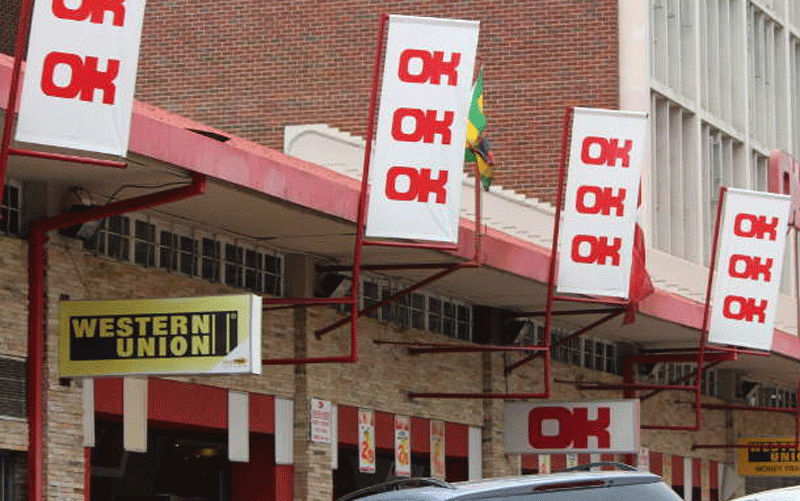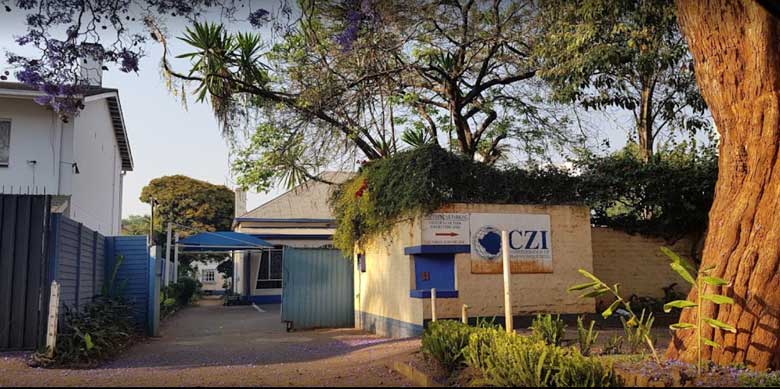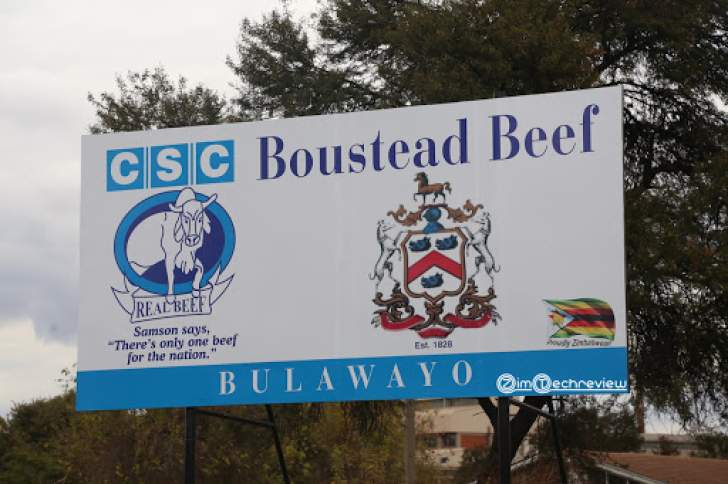
SUPPLIERS to the retail sector have started demanding cash upfront before delivering goods purchased in Zimbabwe dollars in order to navigate the effects of currency depreciation and high inflation, retail giant OK Zimbabwe Limited has said.
OK Zimbabwe made the observation in interim financial results that showed its pre-tax profits rose 150% in the six months ending September.
Markets have been battered by high inflation throughout 2022, triggering steep price hikes and currency depreciation.
Leading financial institutions said last month the Zimbabwe dollar depreciated by 70% between January and September this year – one of the steepest rates of erosion since 2019.
In a commentary to financial statements for the six months ended September 30, 2022, OK chairman Herbert Nkala said turmoil on the currency front had forced suppliers to review trading conditions.
It is not the first time that risk- averse markets have tightened the screws.
During hyperinflation between 2007 and 2008, suppliers were also demanding cash and holding on to stock when authorities forced them to trade in Zimbabwe dollars.
There were signs that goods were also being diverted to the black-market during OK’s reporting period.
- ‘Inflation could shoot to 700% by April next year’
- Mthuli Ncube abandons struggling consumers
- New perspectives: Inflation control critical for economic growth
- Inflation spike: Why interest rates aren’t the answer
Keep Reading
“The first half of our financial year (F23) witnessed a very volatile trading environment that was characterised by episodes of extreme exchange rate volatility that resulted in high inflation,” Nkala said.
“The annual inflation, which was recorded at 96% at the beginning of the financial year, rose to 280% at the close of the half year as at 30 September 2022.
“Due to mounting inflationary pressures, instore product pricing became difficult to execute.
“This was aggravated by suppliers’ shortened trading terms or in extreme cases demand for prepayments for products sourced in local currency.
“The period also saw manufacturers increasing product supply to channels offering hard currency competitiveness rather than formal retail chains where mandatory use of the legal exchange rates led to significant price premiums.”
However, the country’s annual inflation fell to 255% in November, from 268,8% the previous month, giving authorities confidence that ongoing reforms were helping.
In November, Finance minister Mthuli Ncube projected that the annual inflation rate would drop to double digit levels by December next year.
But at 255%, Zimbabwe’s rate is the highest in Africa and compares fairly with some of the world’s inflation flashpoints including Argentina, where the rate is galloping towards 100%.
Sri Lanka has also been battered by severe inflationary pressures throughout 2022.
Business leaders, including Nkala say three-digit inflation rates remain unsustainable for companies, which already face 200% interest rates and foreign currency shortages.
Last week, the Confederation of Zimbabwe Industries (CZI) said double-digit inflation targets projected by government in 2023 might be difficult to achieve.
Zimbabwe holds its general election next year.
Traditionally, election-related expenditure, along with high spending on agriculture for electioneering, have been blamed for igniting high money supply growth – one of the drivers of inflation.
In a new paper, CZI warned authorities not to aggravate an already bad situation by pumping excessive liquidity into the economy to finance agriculture, saying this could trigger an inflation surge.
“Zimbabwe’s annual inflation is still very high, but the persistent decline in month-on-month inflation in the last three months has also seen annual inflation responding,” the CZI said in its report titled November 2022 Inflation and Currency Developments.
“Zimbabwe has made strides in curbing its inflation, which was getting out of control,” the CZI said in its report titled: November 2022 Inflation and Currency Developments.
“Despite the reduction in Zimbabwe’s inflation in recent months, its annual inflation is still extremely high compared to its regional counterparts.
“Thus, more work still needs to be done to reduce annual inflation, especially addressing the endogenous factors that have been causing macro-economic instability in Zimbabwe.
“In October 2022 Zimbabwe’s annual inflation was 268%, more than 10 times higher than the second highest inflation rate in.
“This exorbitant inflationary environment keeps weighing down on Zimbabwe’s competitiveness, as domestic prices of goods end up being higher compared to what low inflation countries are selling at.”
OK’s inflation-adjusted revenue rose to $129 billion during the period, from $95,6 billion previously.
Pre-tax profits rose to $7,6 billion, from $3 billion previously.










